Blog
Can animals predict earthquakes and other disasters?
Read moreBiodiversity terms & definitions
Preserving biodiversity is essential for the health of the planet. At IFAW, we work to preserve biodiversity through large-scale initiatives like Room to Roam and our efforts to tackle climate change, and through our Landscape Conservation, Marine Conservation, and Policy programmes.
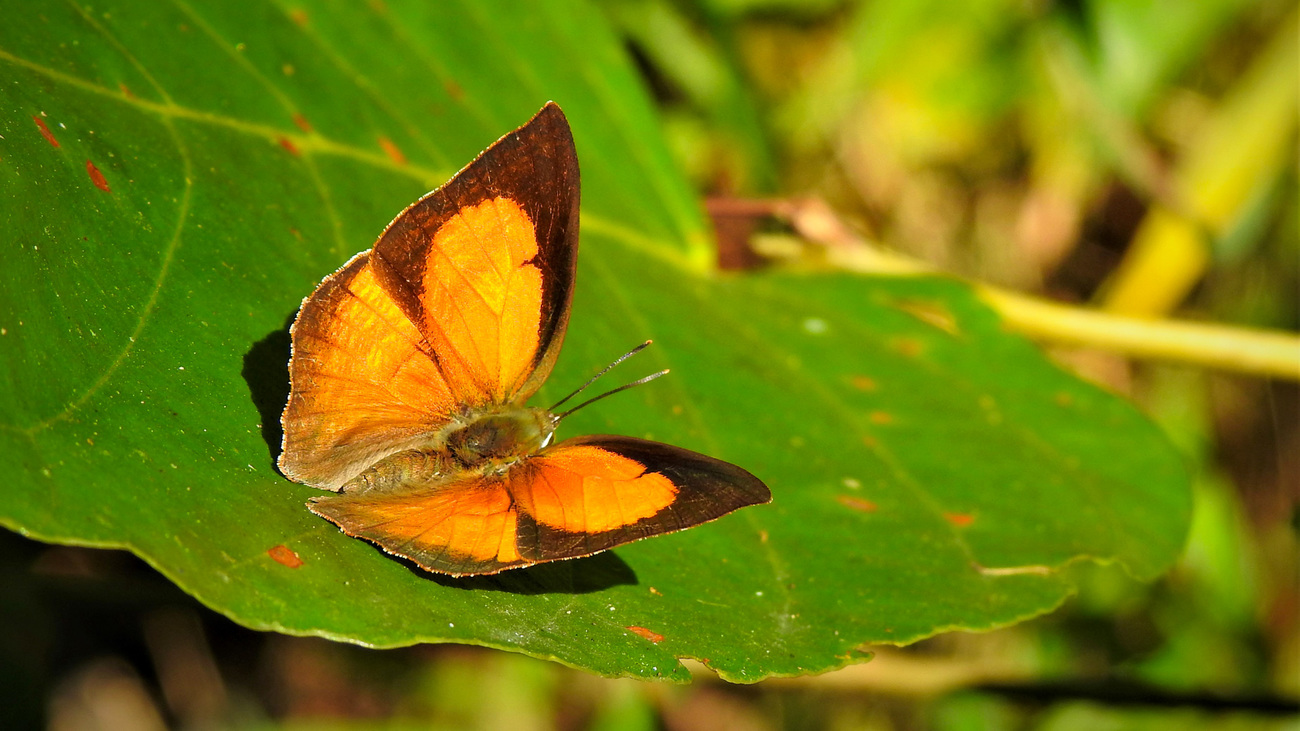
When discussing biodiversity, it helps to understand all the terminology that comes along with it from ecological integrity to overexploitation and everything in between. Here are some common terms that IFAW and other organisations use to help you understand biodiversity.
An alien species is a non-native or introduced species that has been intentionally or unintentionally transported to a new habitat outside its natural range.
Sometimes referred to as ‘invasive’, alien species can be harmful to native species and have a significant impact on biodiversity. Alien species can disrupt an entire ecosystem by competing with native species for resources, preying on them, or introducing diseases. This, in turn, can lead to declines in native biodiversity, changes in community structure, and even the extinction of other species.
Short for biological diversity, biodiversity is the variety of life on Earth—from the smallest bacteria to the largest coral reef. It covers life on Earth at all levels, including the global diversity of species, diversity within particular ecosystems, and genetic variations within species.
All living organisms, their interactions, and their habitats come under the umbrella of biodiversity, which measures how much variability there is among them all.
Maintaining biodiversity is essential for the planet’s survival and is crucial for the stability and resilience of ecosystems. However, human activities have contributed to habitat destruction, pollution, and climate change, which can significantly impact biodiversity, leading to the loss of species and severe damage to ecosystems.
Biodiversity loss refers to the decline in the variety and abundance of life on Earth, resulting from various human activities that negatively impact natural ecosystems. Biodiversity loss can have profound implications for the functioning of ecosystems and the well-being of humans and animals, making it a significant global concern.
Processes like the pollination of crops, regulation of climate, water purification, and disease and pest control all rely on biodiversity.
The Convention on Biological Diversity (CBD) is an international treaty that aims to preserve the wealth of life we have on Earth. It is often seen as the key document regarding sustainable development.
The CBD was established in 1992 to address the conservation of biological diversity, the sustainable use of its components, and the fair and equitable sharing of benefits arising from genetic resources.
The 196 countries party to the convention are committed to the conservation and sustainable use of their biodiversity and must share the benefits of genetic resources in a fair and equitable way.
Ecology is the scientific study of the relationships between living organisms and their environments.
It explores the interactions among organisms and their interactions with their nonliving surroundings. Ecology covers a broad range of topics, from the study of individuals and populations to communities, ecosystems, and the biosphere.
In the context of biodiversity, ecology plays a crucial role in understanding interactions between living organisms and their environments and what causes the variety and distribution of species across different areas.
Through ecological studies, scientists can gain insights into the factors influencing species diversity, habitat variation, and ecosystem health—all of which are essential for conservation efforts.
Ecological integrity refers to the overall health and balance of an ecosystem and how well it can support a diverse array of native plants, animals, and natural processes.
The integrity of an ecosystem is important for animals because it ensures that the environment provides suitable habitats, necessary resources, and the right conditions for their survival and proper functioning.
A high level of ecological integrity means that the ecosystem can sustain various animal species, offering them the right places to live, find food, and reproduce, contributing to the overall resilience and well-being of the entire ecosystem.
Conservation efforts often focus on maintaining or restoring ecological integrity to secure the habitats and conditions essential for diverse animal life.
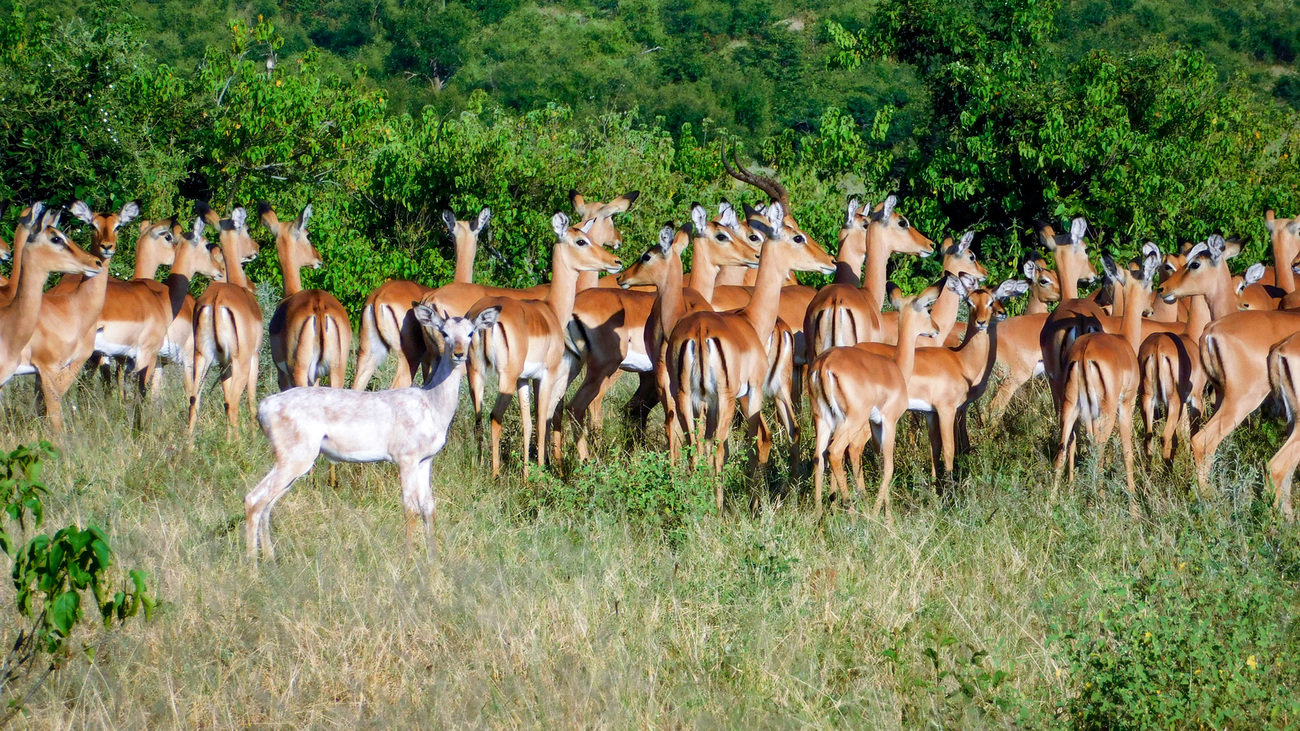
Ecosystem diversity refers to the variety of different ecosystems on Earth as a whole. The term encompasses both aquatic and terrestrial habitats, from forests and wetlands to coral reefs and deserts. Each one is characterised by the unique combinations of living organisms and their physical surroundings.
Ecosystem diversity is closely linked to biodiversity as it represents the assortment of habitats where various species thrive. Diverse ecosystems support a wide array of plant and animal life, contributing significantly to overall biodiversity.
Maintaining the health and variety of ecosystems is essential for the continuous survival of the species that call them home, as they provide essential services like food production, climate regulation, and water purification.
Extinction is the complete disappearance of a species from the entire planet. It occurs when there are no surviving individuals of that species remaining.
When a species is declared extinct, it means there are undoubtedly no living members of that species anywhere on Earth. In contrast, if a species is labelled as ‘extinct in the wild’, it implies that no individuals of that species remain in their natural habitat, but some may still exist in captivity or through human intervention.
Both terms signify a critical loss of biodiversity, highlighting the urgency for conservation efforts to prevent further extinctions.
The Earth is currently experiencing its sixth mass extinction event, marked by a significant and rapid biodiversity loss. Human activities have contributed to habitat destruction, pollution, overexploitation, and climate change, which are major drivers of accelerated extinction rates.
These factors disrupt ecosystems and lead to the decline and disappearance of numerous species, highlighting the urgent need for global conservation efforts to mitigate the ongoing biodiversity crisis.
Genetic variability refers to the diversity of genetic traits and their combinations within a population of a particular species. High genetic variability contributes to the adaptability and evolutionary potential of a species.
Genetic variability is a crucial aspect of biodiversity, as it affects how well species can adapt to unexpected changes in their habitats, such as disasters.
Habitat fragmentation can decrease genetic variability by isolating populations, limiting gene flow, and increasing the risk of inbreeding. This reduction in genetic diversity poses a threat to the long-term survival of species, as it lessens their ability to respond and adapt to environmental changes.
This is biodiversity but on a global scale.
Global diversity encompasses the variety of life across the planet, covering different species, ecosystems, and genetic variations within populations. It represents the collective sum of Earth’s biological richness.
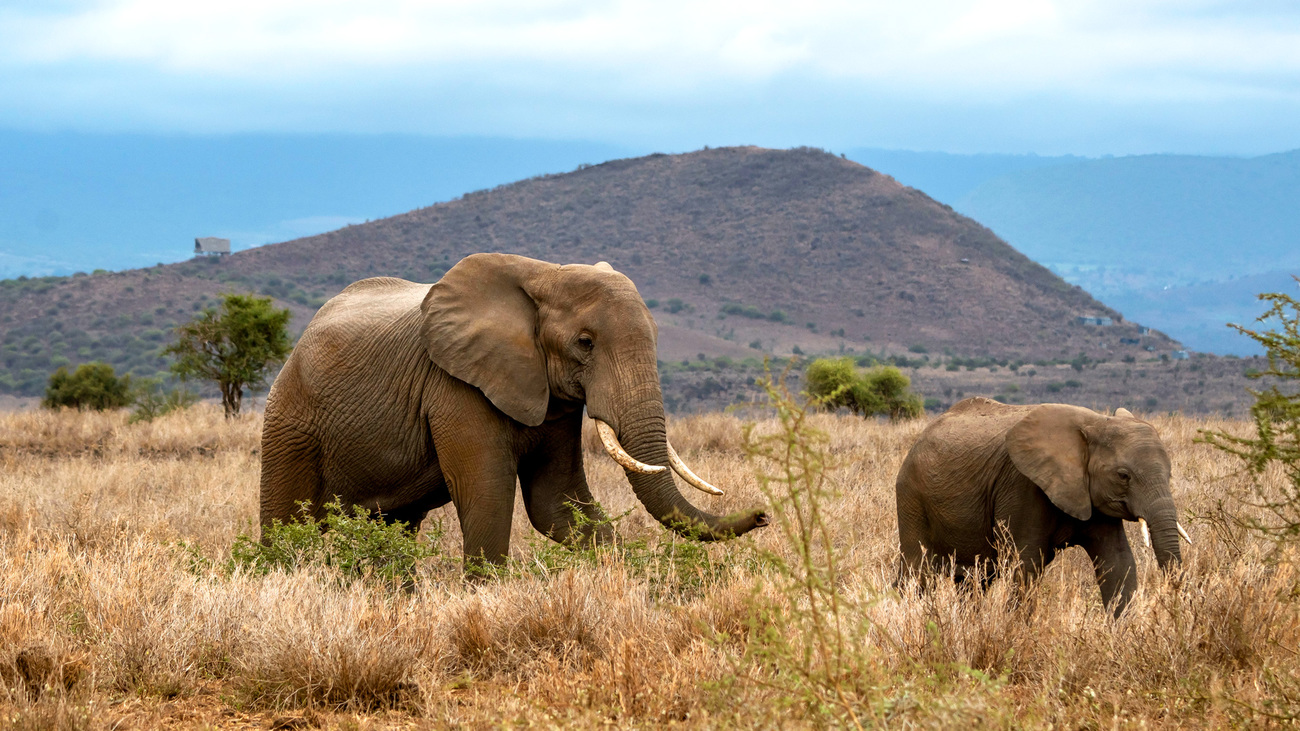
The Global Biodiversity Framework is a historic international agreement that aims to halt and reverse biodiversity loss by 2030.
Adopted in December 2022, it is a set of goals, targets, and actions agreed upon by 196 countries to collectively tackle the challenges of biodiversity loss and promote the responsible management of our planet’s biological resources.
The framework emphasises the importance of biodiversity for the well-being of people and the health of the planet. It highlights the need for us all to work together to reverse the current mass extinction event.
The Holocene extinction or the Anthropocene extinction are other names for the sixth mass extinction event that we are currently experiencing. Currently, there is an ongoing and accelerated loss of a significant number of plant and animal species on our planet.
Unlike natural extinction events in the past, which have occurred due to natural changes and events, this extinction is primarily attributed to human activities, such as habitat destruction, pollution, climate change, and overexploitation of resources.
The impact of the Holocene extinction underscores the urgent need for global conservation efforts to mitigate the unprecedented loss of biodiversity caused by human influence on the planet.
Introduced species, also known as non-native or exotic species, are organisms that have been intentionally or accidentally brought to an area outside their native range by human activities.
These species can be plants, animals, fungi, and even tiny microorganisms. When introduced into new environments, they may thrive and, in some cases, become invasive, posing ecological threats and potentially impacting native species and ecosystems.
Invasive species are non-native organisms that rapidly reproduce and spread when introduced to a new environment, often outcompeting or causing harm to native species.
These species can disrupt local ecosystems, negatively impacting biodiversity and ecosystem functions. Their aggressive nature highlights how important it is to manage and control the presence of introduced species to protect the balance and health of natural habitats.
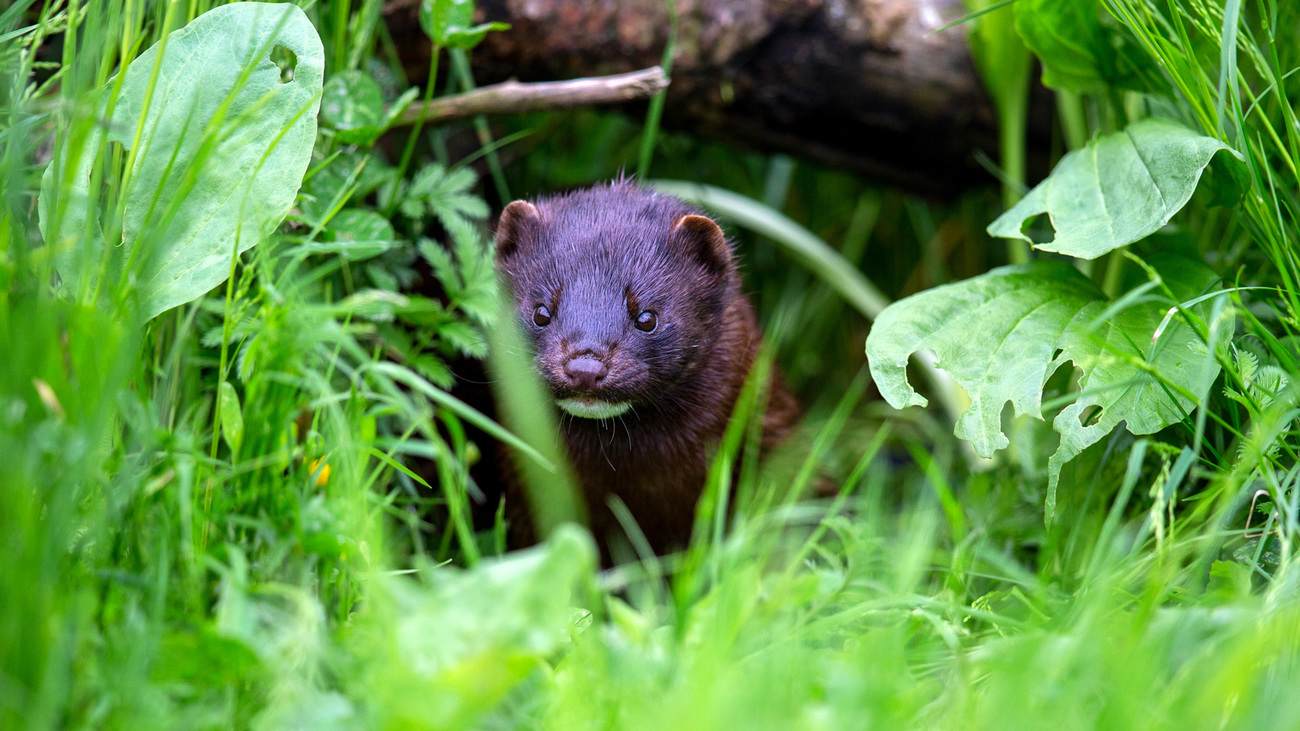
A keystone species is a critical player in its ecosystem that exerts a disproportionately large influence on its structure and function.
Similar to a keystone in an arch that supports the entire structure, the presence or absence of a keystone species can significantly impact the health and diversity of the ecosystem.
For example, elephants and giraffes can be considered keystone species in certain African savannahs, as their activities, such as feeding on specific plants or modifying the landscape, play a pivotal role in shaping the overall ecosystem dynamics.
Overexploitation refers to the excessive and unsustainable use of natural resources from a population or ecosystem, almost always driven by human activities.
It occurs when the removal rate of species or their parts—whether animals or plants—exceeds the population’s ability to recover. Overexploitation leads to population declines, ecological imbalances, and, in some cases, species endangerment or extinction.
Overexploitation poses a significant threat to biodiversity. It is the second-greatest cause of decline among terrestrial species, behind habitat loss, and is the number one cause of the decline of marine species.
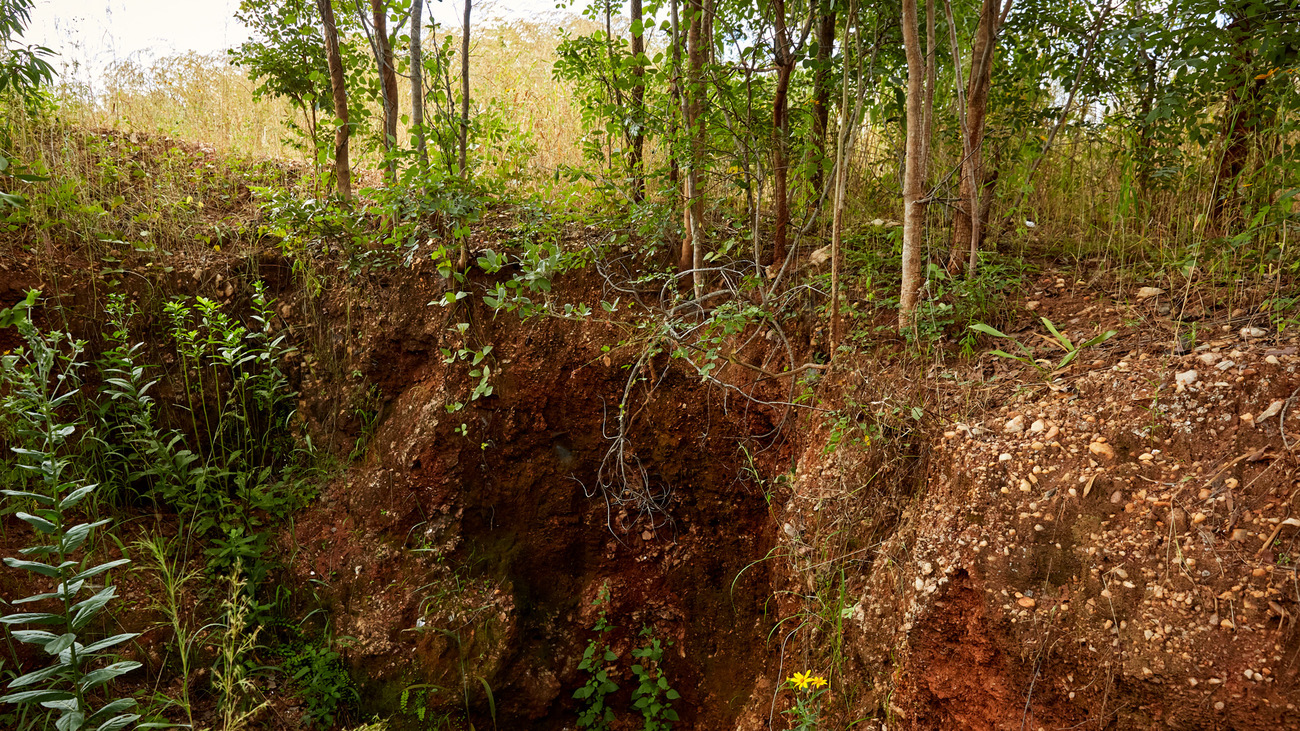
Species diversity refers to the variety and abundance of different species within a specific geographic area or ecosystem. It encompasses the number of different species present (species richness) and the relative abundance of each species (species evenness).
Species diversity is a component of biodiversity, specifically addressing the variety of individual species in a given area. While biodiversity considers the richness and variability of life at multiple levels, including gene pools, species, and ecosystems, species diversity looks only at the variety of species within a given area.
Our work can’t get done without you. Please give what you can to help animals thrive.
Unfortunately, the browser you use is outdated and does not allow you to display the site correctly. Please install any of the modern browsers, for example:
Google Chrome Firefox Safari